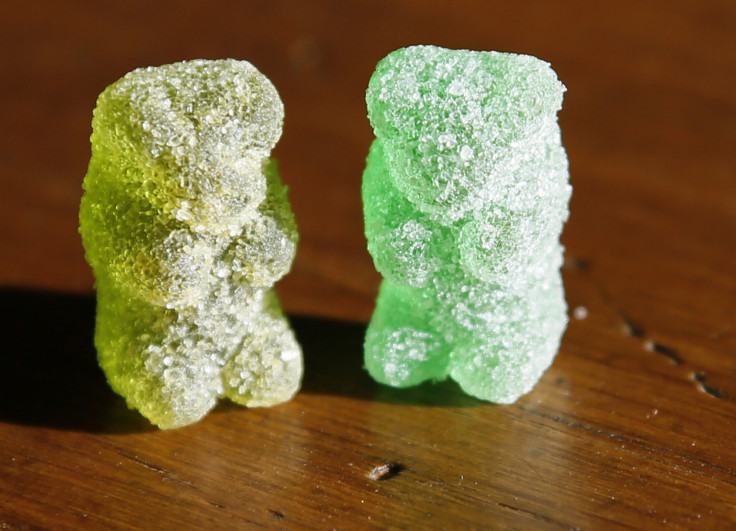National Gummi Worm Day: 8 Unhealthy Facts About The Gummy Candy Favorite
KEY POINTS
- National Gummi Worm Day celebrates the sugary treat that has been a favorite children's snack for 40 years
- Eating gummy worms and other candies has a number of negative effects on the body
- Some studies suggested that some food colorings and preservatives could be linked to problems with hyperactivity in children
Gummy worms have become a favorite of the young and the young at heart across the country since they were introduced by German candy manufacturer Trolli 40 years ago in 1981.
Inspired by the original gummy candy, gummy bears, the creepy-looking gelatin candy has become one of the best-selling candies of all time and is celebrated every July 15, which has been dubbed National Gummi Worm Day. While the gelatinous candies are called "gummi" due to their German origins, the name is usually stylized as "gummy" in the U.S.
But while there's no denying they taste amazing, gummy worms, like most candies, may have negative effects on the body when frequently consumed.
For those planning to snack on these treats on National Gummi Worm Day 2021 this Thursday, here are eight facts about gummy worms that might make you think twice about picking up another pack of it, courtesy of Live Strong, Healthline and The Atlantic:
It wears away the teeth's enamel
The bacteria living inside people's mouths go to work as soon as gummy candies are consumed. These bacteria cause a chemical reaction that turns sugar into its acidic form, which means bad news for the teeth.
The acid eats away the enamel of the teeth, making it susceptible to developing cavities, and ultimately, toothaches.
It is packed with sugar
Too much sugar is never good as it brings with it many other effects, mostly bad ones. For one, sugar causes one's blood pressure to spike and plummet. It can lead to mood swings, headaches and even more intense cravings for sugar, according to Atkins.
Although sugar makes people feel better, this effect only lasts temporarily and is often followed by more cravings and hunger.
Sugar-free gummy candies have lycasin
Lycasin, a hydrogenated glucose and sugar replacement found in sugar-free gummy candies, is known to significantly affect the body's digestive system. The sugar alcohol can cause loose bowel movements, tummy-rumbling and stomachaches when consumed excessively, The Atlantic reported.
One of its risks is weight gain
Eating sugary food can increase one's chances of becoming obese and developing diabetes and heart disease. This is because sugary food is considered high-glycemic and can therefore affect the body's blood sugar significantly.
It can lead to cracks in teeth
Enamel acts as a sort of blanket to protect the teeth. When this is removed, the tooth is then left vulnerable to things that cause teeth to wear out. Without the enamel, the teeth would be easier to crack or get chipped.
Foods rich in artificial additives may be associated with ADHD in children
Foods rich in artificial additives have been linked to attention deficit hyperactivity disorder(ADHD) in children. Although some experts claimed that there is could be a connection between food colorings and problems with hyperactivity in children, there is no conclusive evidence to prove this.
A study in 2012, however, suggested that children with ADHD displayed significant improvement when food colorant was eliminated from their diets.
It is said to cause hypersensitivity to food
Gummy worms, which are rich in food additives, may cause allergic reactions, including asthma. These allergic reactions from certain food are thought to be due to the food colorings and flavorings added to the snacks.
Too much of it can accelerate aging
Sagging skin is one side effect of eating too much sugary food. Some of the sugar ends up attaching itself to proteins in a process called glycation.
Glycation can lead to the loss of elasticity found in aging body tissues. Simply put, the more sugar circulating in the blood, the faster the damage takes hold.

© Copyright IBTimes 2025. All rights reserved.





















